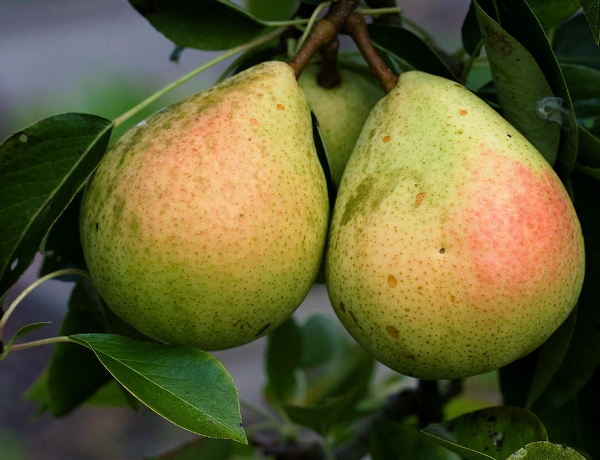India’s agriculture sector contributes only 14-15 percent towards the country’s GDP however it consumes 40-45 percent of total employment. Almost half of the agricultural land depends on rainfall. There is a great opportunity to leverage data science technologies to analyze the agriculture landscape, grain demand, explore past data, gain insights and define formal models that may be used by farmers to make decisions about crop selection, soil management and planning logistics.
As shown in the graph below, the world population will rise to 10 billion by 2050 and considering the current agricultural sector scenario we are going to face approximately 56% gap between food demand and supply. Considering that arable land size is limited and won’t increase due to high urbanization, there is an urgent need to increase grain production rate i.e. tons per hectare to address this gap. The use of data science with aid of IoT products in the agriculture sector can definitely help in making informed decisions at various stages in the agriculture life cycle to improve yield like situation predication, task recommendation & automation, etc. In this article, we will cover some of the important areas and applying big data analytics for improvements.
Smart Farming
Agriculture land in India is getting fragmented over the past decades while food demand is growing at a higher rate with population rise. Traditional agricultural methods should be augmented with Information Communication Technologies to better manage existing resources and tasks to maximize revenue. Smart farming is a concept of using IoT and Big Data Analytics in the following areas-
- Crop selection
- Real-time soil management
- Real-time crop monitoring and control
- Logistics (Food supply chain management)
This article is covering the use of Big data analytics to build a Demand-based Crop recommendation system.
Crop selection depends on multiple parameters like current land soil profile, local climate conditions, expected future climate disturbances, past food demands, future demands (local & global) and many more. Though soil profile and climate conditions will help in listing possible crop options however from a revenue perspective demand plays an important role. A set of crop recommendation systems, based on big data analytics, are already in practice today. You may refer to ‘Crop recommendation system for precision agriculture’ for one of such models, which is an ensemble model with majority voting technique using Random tree, CHAID, K-Nearest Neighbor and Naive Bayes as learners to recommend a crop for the site-specific parameters with high accuracy and efficiency. Precision agriculture is a modern farming technique that uses research data of soil characteristics, soil types, crop yield data collection and suggests the farmers the right crop based on their site-specific parameters. This reduces the wrong choice on a crop and increases its productivity.
Demand-based Crop Recommendation System
Building a demand-based prediction model to enable farmers in selecting the most profitable crop would not only help increase farmer’s revenue but also increase overall percentage share to Indian GDP. Ideally, this model should be extended to global level food demands, to take into account export opportunities and import of cheaper foods to maximize revenue and avoid losses due to surplus.
As with any typical data mining method, having accurate and enough data to build an analytical model is very important. Most of the agricultural-related data is collected by government agencies all over the world like www.fao.org, https://data.world/datasets/agriculture, https://data.gov.in , etc. However extra effort should be made to identify reliable data sources. Some data may need to be purchased from agricultural research institutes like https://cgiar.org, https://icar.org.in, etc.
Considering diverse sources of data, data preparation is an important step. There may be a need for data extrapolation in some cases as data on certain food items for a certain duration may not be available. It is important to cover as many variants as possible for EDA. For example, some leading global diseases are being attributed to certain types of food items and so the demand for alternative sources of nutrients is increasing globally like a trend to move to plant-based proteins, going low on meat and dairy products. As part of feature engineering, we might derive some interesting variants, which influence food demand indirectly.
EDA should try to visualize demand patterns over the past decades in India and other countries. This will help in getting insights like demand in India and other countries, preferred food commodities globally, high revenue-generating crops, etc.
The above first bar chart depicts the cereals (wheat, rice) demand trend among various categories of countries. It highlights low cereals demand in developed nations and overall reducing global demand. The second chart shows the demand increase in vegetable oils, pulses and meat.
Though models have to cater to current crop selection, it becomes necessary to have trends for the past few years and the ability to predict demands for next year accurately. It is seen that not one type of model predicts outcomes satisfactorily, so we should try various models and verify them for their accuracy.
Conclusion
The demand-based recommendation model helps in selecting the right crop for higher revenue. However, using a single model to predict the desired crop is risky. There are other variants like soil profile, local climate, land size, agricultural tools, logistics, etc. which influences yield. It is highly recommended to use the Ensemble Modeling approach and build multiple base models to recommend appropriate crops to farmers.
Source: Analytics India Magazine
Image Courtesy: Woodland Trust
You may also like
-
Trade Connect E-platform For Exports Is Single Window, Fast, Accessible And Transformational: Shri Piyush Goyal
-
Dot Simplifies Approval Processes For Telecom Licenses And Wireless Equipment
-
Coal Production and Supply Trends on Positive Trajectory
-
Union Minister To Release Booklets On Promotion Of Indigenous Species & Conservation Of States Fishes
-
2nd India-Japan Finance Dialogue held in Tokyo on 6th September, 2024
